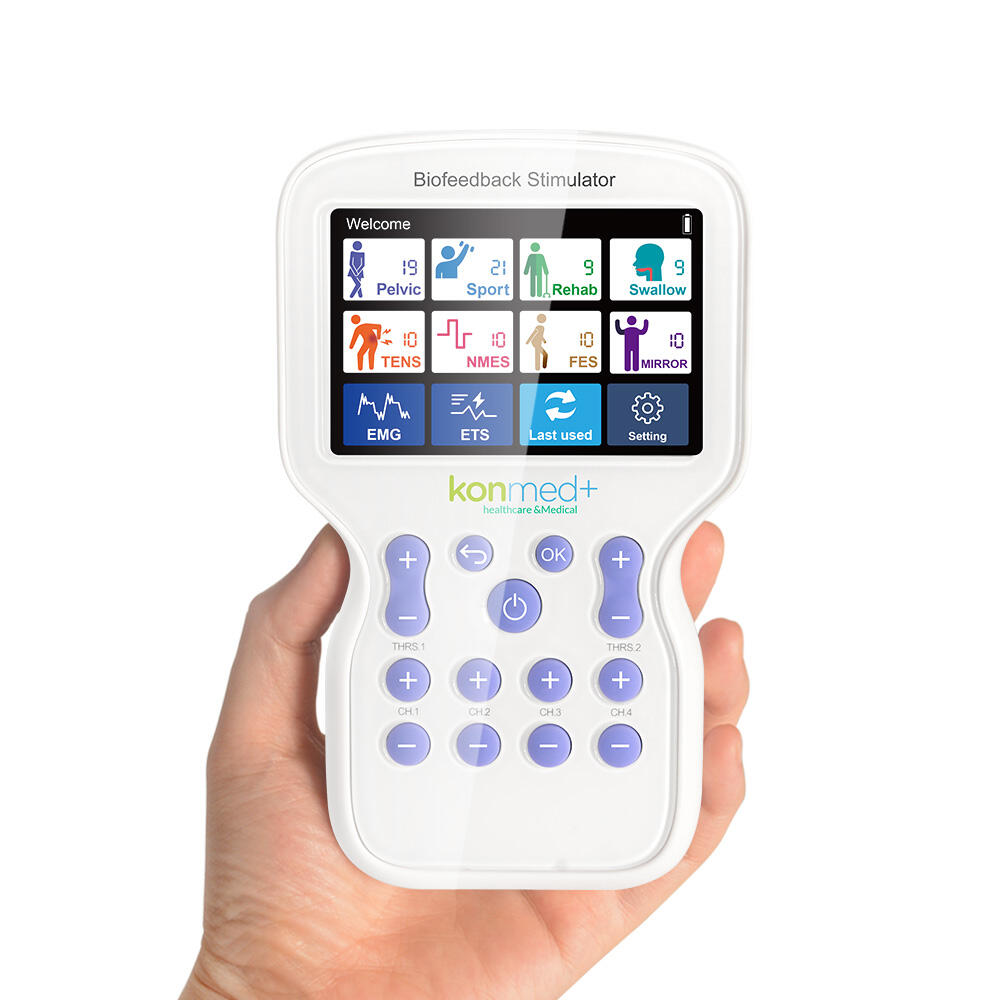biofeedback for pain management
Biofeedback for pain management represents a sophisticated therapeutic approach that empowers individuals to gain control over their physical responses to pain. This non-invasive technique utilizes advanced monitoring devices to measure and display physiological processes such as muscle tension, heart rate, skin temperature, and brain wave activity. The technology translates these biological signals into visual or auditory feedback, allowing patients to observe their body's responses in real-time. Through specialized sensors and monitoring equipment, patients can track various physiological indicators while learning to modify them through conscious control. The process typically involves connecting sensors to specific areas of the body, which then transmit data to a computer or mobile device for instant analysis and display. Patients work with trained practitioners to interpret this feedback and develop strategies for managing pain responses. The applications of biofeedback span various pain conditions, including chronic headaches, fibromyalgia, temporomandibular joint disorders, and lower back pain. Modern biofeedback systems often incorporate user-friendly interfaces and mobile connectivity, enabling patients to practice techniques at home while maintaining professional supervision. This technology has evolved to include advanced features such as customizable training programs, progress tracking, and data analysis tools that help healthcare providers optimize treatment protocols for individual patients.
